Common Name(s): Acacia, wattle
Distribution: Primarily Australia; a few species are found in Asia and the Pacific islands
Genus Size: Nearly 1,000 species
Mechanical Characteristics: Density greatly variable, some species can be very heavy and hard, though most commercial species are of moderate weight.
Visual Characteristics: Many species have a medium to dark brown heartwood with sharply demarcated sapwood. Figured grain patterns such as curl (commonly called “ringed” in Australia) are also seen.
Identification: Wood is diffuse porous (not ring-porous), typically with medium to large pores. Parenchyma tends to be primarily vasicentric and isn’t generally seen with extensive and wide bands. Many species of Acacia will fluoresce under a black light, which can help to separate them from other lookalike genera.
Comments: Acacia is a very large and diverse genus, containing several hundred species, ranging from woods weighing less than black cherry (Prunus serotina)—such as mangium (Acacia mangium)—to some of the heaviest and hardest woods on earth—such as waddywood (Acacia peuce). Because of this great diversity within the genus, it is nearly impossible to typify a standard wood that is representative of the genus. Nevertheless, some wood merchants (particularly wood flooring retailers) are quite fond of using the “acacia” name despite its inherent vagueness.
A Genus in Upheaval: Historically, Acacia species have been spread throughout Africa, the Americas, as well as Asia and Australia. However, more recent genetic studies have revealed that many species of trees that were once thought to be part of Acacia were actually not as closely related as previously thought, and new genera would have to be introduced to properly classify the different species. It’s of course no coincidence that much of these genetic differences lie along geographic lines.
The controversy is rooted in a few simple realities.
- The first Acacia species were discovered and documented in Africa in the 1700s.
- Years later, many more hundreds of Acacia species were described in Australia.
The issue of dispute is which group of species ought to retain the right to the original Acacia name? On the side of Africa, there is centuries of history—including the type species, gum arabic (formerly Acacia nilotica) which may be considered as sort of an anchor for a genus. On the side of Australia, there is sheer number (the great majority of both known and disputed Acacia species—nearly 1000—are from Australia). This is not to mention the practicality of maintaining all these species rather than reclassifying them and updating a great deal of records and written material.
Africa vs. Australia: the Verdict: In the end, though it was disputed and sometimes not even acknowledged by some authors as valid, the official ruling at the International Botanical Congress (IBC) was, in effect, in favor of Australia. What this means is that the genus formerly known as Acacia would be split into five different genera, but the majority of the species—those predominantly from Australia—would remain as Acaia. Currently, the five genera are as follows:
- Acacia (primarily Australian)
- Vachellia
- Senegalia
- Acaciella
- Mariosousa
Related Content:

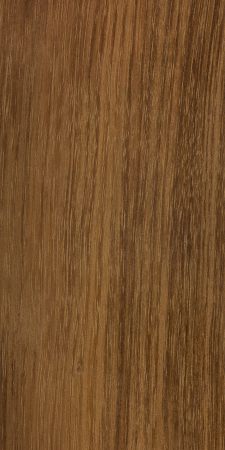
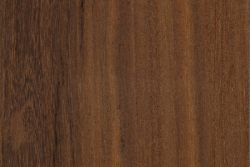
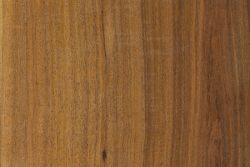
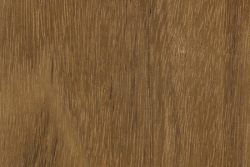
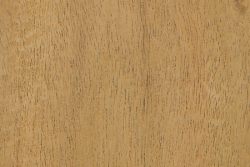
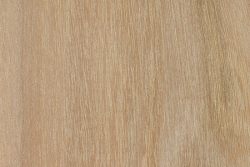
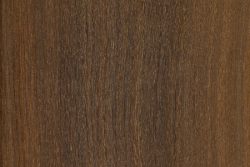
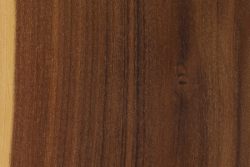
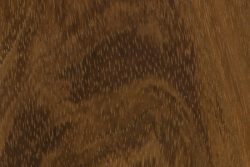
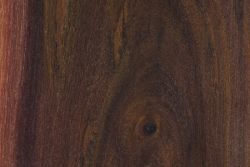
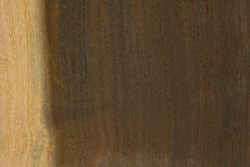
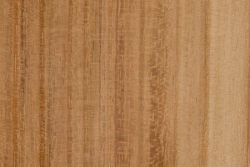
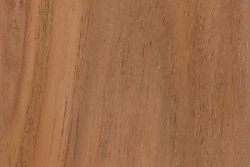
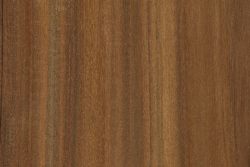
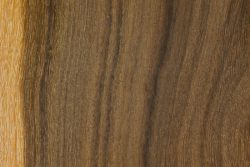
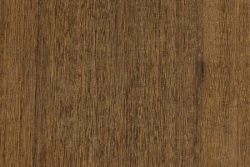
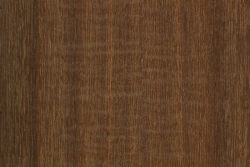
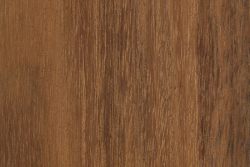
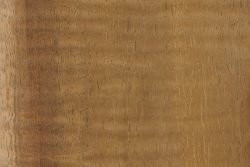
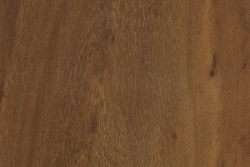
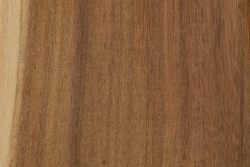
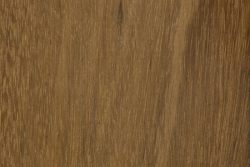
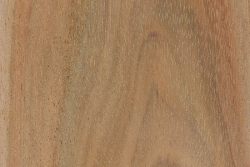
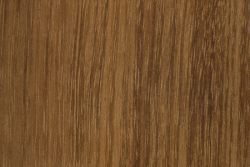
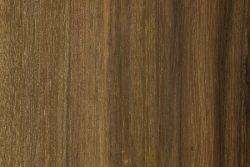
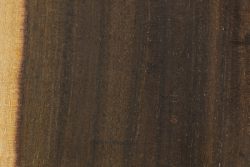
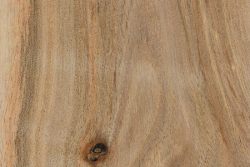
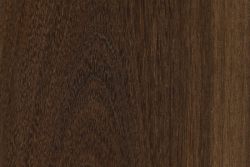
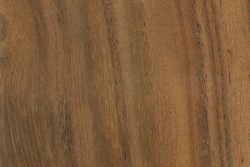
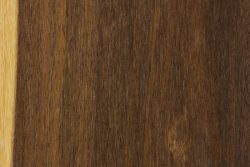
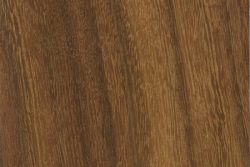
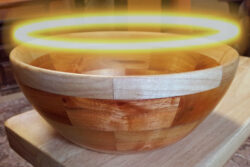

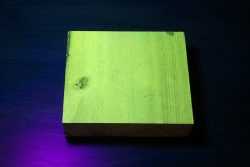

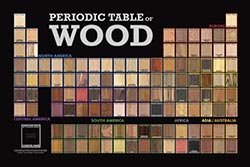
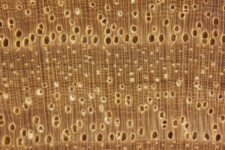
Hi Eric, I mjust finished a bowl of an Acacia species. It was given to me as “Black Acacia,” though I’m quite certain it is not Acacia melanoxylon. It is extraordinarily dense – the raw blank did not float in water. I’ve attached photos of the unfinished (1/2 turned) and finished bowl. Any thoughts on species? I got two chunks, both about 8″ square by 3″ thick, so probably not one of the shrubbier ones.
Do you have an idea of the density once dried? Or was the blank already dry? It wouldn’t be unusual for a green turning blank to sink in water. A. melanoxylon is certainly more commonly exported than other species. Are you in Australia?
I just tested a cutoff piece that is dry. It floats, but barely, like an iceberg – 95% stays submerged. That’s a pretty unscientific test, but at least an indicator of its dried density – I estimate in the .9 range. The wood was given to me by a woodturner friend who collects local trees when they are taken down by storms or for renovation reasons. This one came from the grounds of a public building, where it had been planted as an ornamental. The tree must have been pretty mature, since the two turning blanks I got are roughly… Read more »
Thanks, that’s helpful. Sounds like a very unique opportunity, getting access to an ornamental tree, possibly a non-native species, with very dense wood. Unfortunately, that means it could be almost anything! Keep in mind that the Acacia genus, botanically speaking, has been divided up recently, so species found outside of Australia technically wouldn’t be listed on this page — though they would still bear “acacia” in their common names. I think it most likely to be a species of Senegalia (or possibly Vachellia), which are more common in the Americas. I don’t have pages for these genera set up just… Read more »